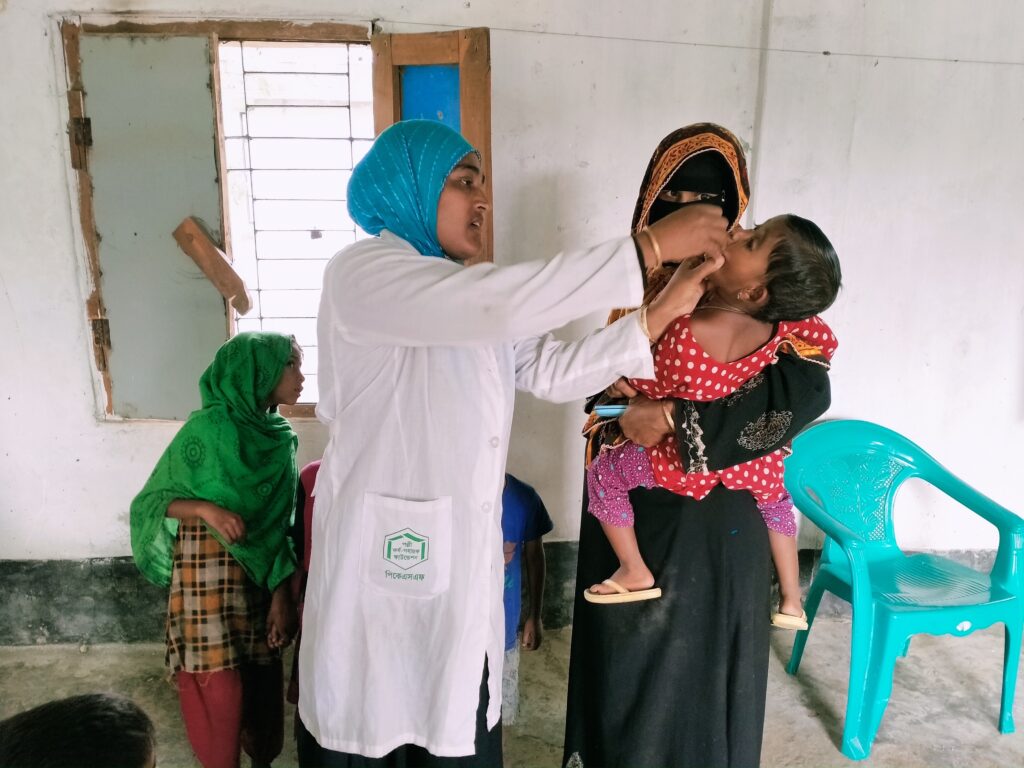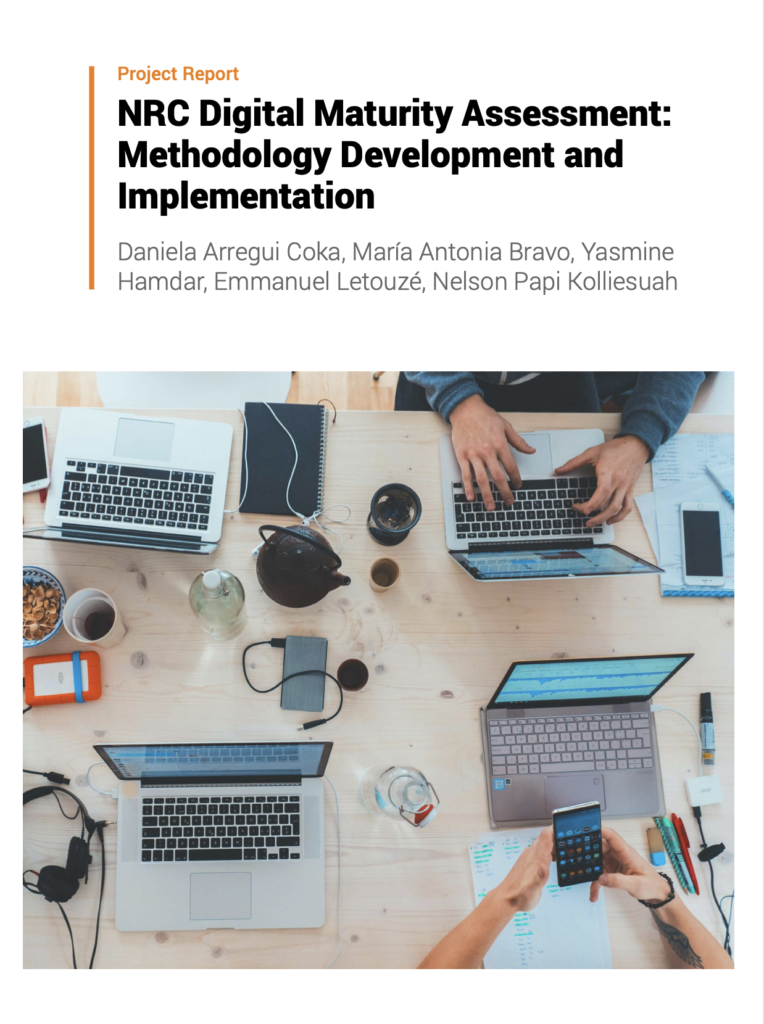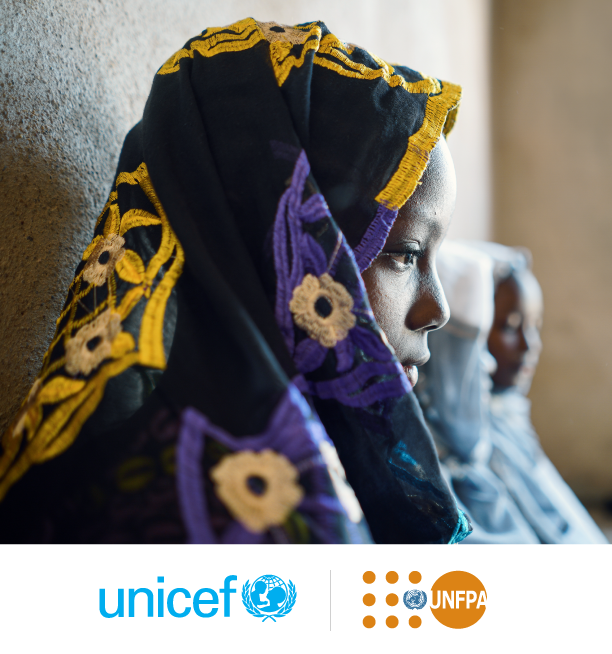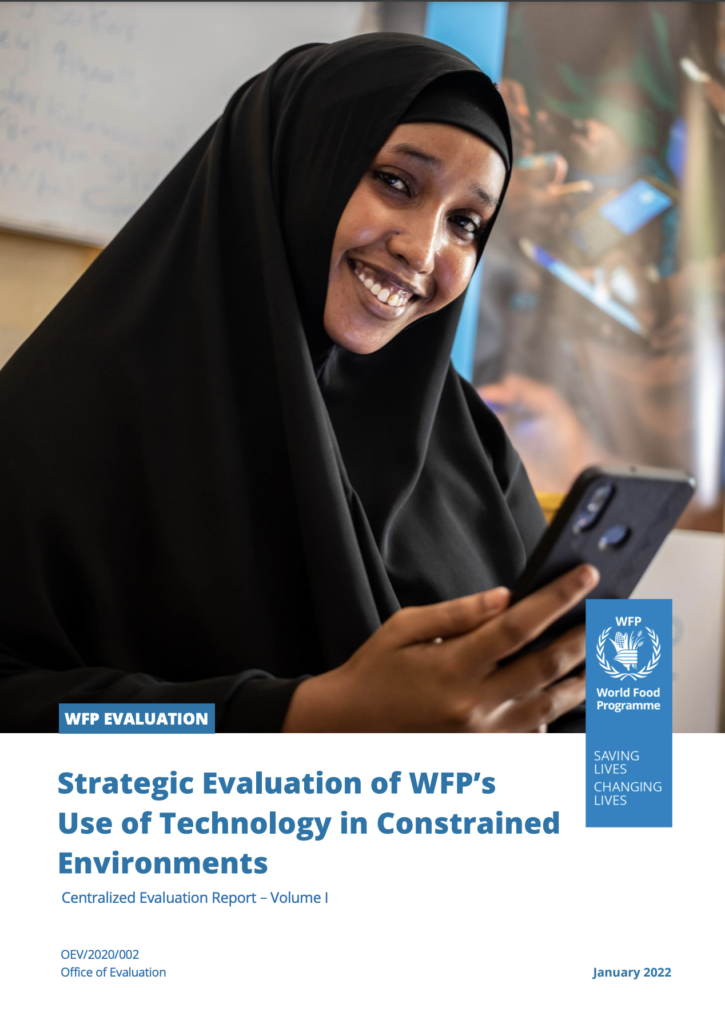Bangladesh
171.1
Population 2022 (Millions)
0.66
HDI Score
2021 (Max. 1)
65.9
SDG Score
2023
(Max. 100)
0.53
Gender Inequality
Index Score
(Max. 1)
64
Internet Inclusivity
Index 2022
(100 countries)
Overview
Projects

- Bangladesh
- March 2024 - August 2024
- P4 - Data Feminism
In line with ensuring high-quality evidence for informing decision-making and investment in the care economy, UN-Women, in collaboration with DPA, conducted a geo-spatial analysis of care systems in Bangladesh. The geo-spatial analysis identified districts with the highest concentration of children alongside other age-specific ‘care demands’ and concurrently examined women’s employment rates and other economic characteristics. Furthermore, climate-related characteristics of locations of interest were included to better understand the potential effect of climate change on care demands. The ultimate objective of this research was to enhance evidence-informed decision-making for investments into different types of care delivery models for different demands.

- Bangladesh, Global, Sudan
- November 2021 - June 2022
- P1 - Just Digital Transformations
DPA developed a Digital Maturity Assessment (DMA) framework to provide Norwegian Refugee Council (NRC) Country Offices with a tool to self-assess their digital transformation journey based on the perceptions and experiences of its staff. The DMA framework is the analytical background guiding the calculation of a Digital Maturity Score that measures the level of digital transformation in the COs based on qualitative data on: Digital ecosystem, data, and tech management; User-centricity and digital inclusion; Digital mindset, literacy, and innovation; Strategy, governance, policies, and frameworks; Investment and partnerships. The DMA was tested in the COs in Bangladesh and Sudan. The results and outputs of these pilots were made available in an interactive dashboard created to facilitate the visualization and extraction of insights.

- Bangladesh, Burkina Faso, Egypt, Ethiopia, Ghana, India, Kenya, Mozambique, Nepal, Sierra Leone, South Asia, Sub-Saharan Africa (SSA), Sudan, Uganda, Zambia
- July 2022- January 2023
- P4 - Data Feminism
DPA, in collaboration with UNICEF and UNFPA, conducted a comprehensive landscape mapping of key technology-based interventions to mitigate child-marriage and FGM through empowerment of girls and to review the digital solutions and tools used in these interventions, their effectiveness and potential areas for improvement in 13 countries in Africa and Asia. The methodology proposed by DPA was based on an analysis that integrated both quantitative and qualitative research methods, as well as traditional and non-traditional data sources collected at different stages of the study, underpinned by a participatory approach involving UNICEF, UNFPA and other stakeholders that provided feedback and input throughout the entire project.

- Bangladesh, Iraq, Jordan, Middle East and North Africa (MENA), Niger, South Sudan, Sub-Saharan Africa (SSA), the Democratic Republic of the Congo
- September 2020 - February 2022
- P1 - Just Digital Transformations
This evaluation, developed in collaboration with ADE, looked at the extent to which WFP has effectively and efficiently deployed the most appropriate Information and Communication Technologies (ICTs), and how, why and under which conditions the use of technologies has contributed to management and program objectives. The team designed a mixed methods approach consistent with WFP’s proposed analytical framework and outlined the factors affecting technological innovation and diffusion. In addition, six case studies were conducted in Jordan, Niger, Iraq, South Sudan, the Democratic Republic of the Congo, and Bangladesh.
